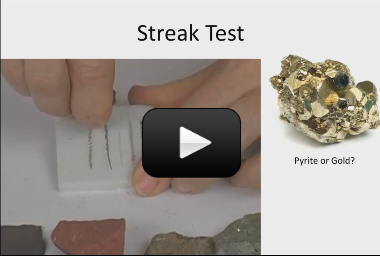
Imagine you’re in the car with the kids, excited to see your extended family (or at least, specific members of your extended family), and you’re not quite there yet.
And the kids been glued to their video games, cell phones, and electronic devices the whole time. You know it’s not good for them, but at least you have some peace during the car ride. You shrug it off, not too worried about it, thinking about all the running around with cousins they’ll do once they get there.
And then you hear…
“Are we there yet?”
“I’m bored.”
“I’m hungry.”
…and whining.
Now what do you do?
It seems impossible for kids to entertain themselves these days without the use of batteries.
That’s what spurred me to create this “Pen & Paper Games” packet that I want to share with you. It’s full of my very best on-the-go, play-anywhere games that you don’t need any equipment (other than a brain) to play! These games I’ve played with my kids over the years, even standing in lines at Disnleyland.
By the way, Bagels is still our favorite line-waiting game, because it’s so fun to play and easy to teach the on-lookers who are wondering why we keep shouting “PICO!” and “FERMI!” followed by uproarious laughter. Bagels is good for the car too, only maybe without the shouting. It’s basically a mental version of the old Mastermind game, but don’t tell them that! Just enjoy the game and have fun learning and exploring our wonderful world.

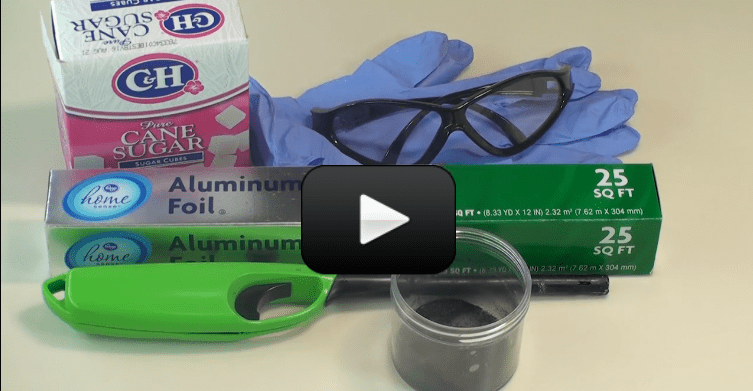
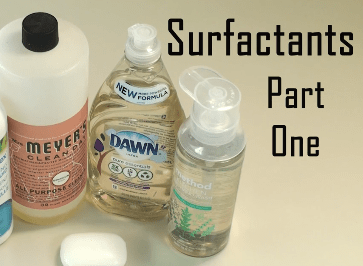
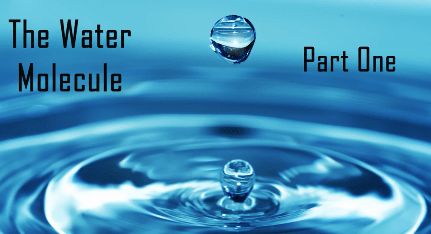
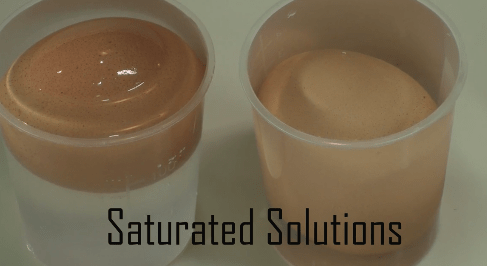
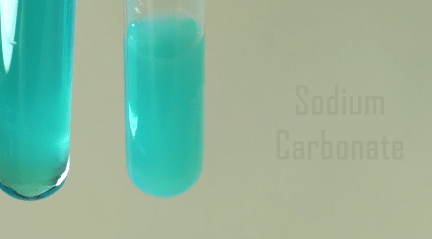
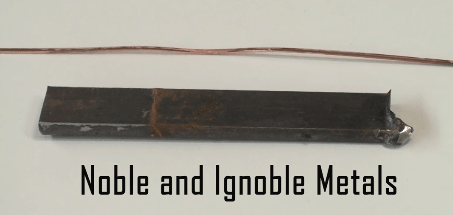
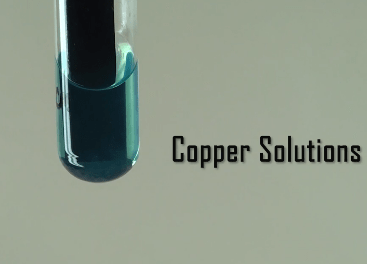

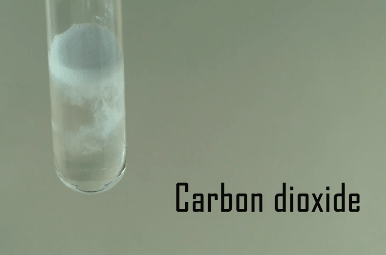
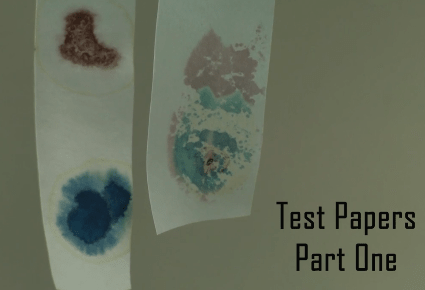
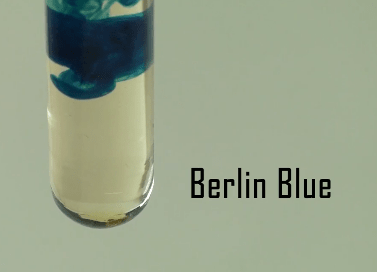
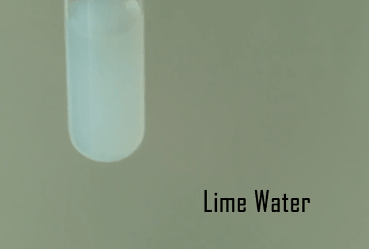
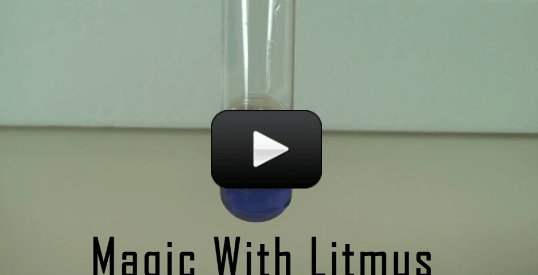



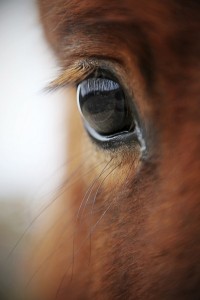
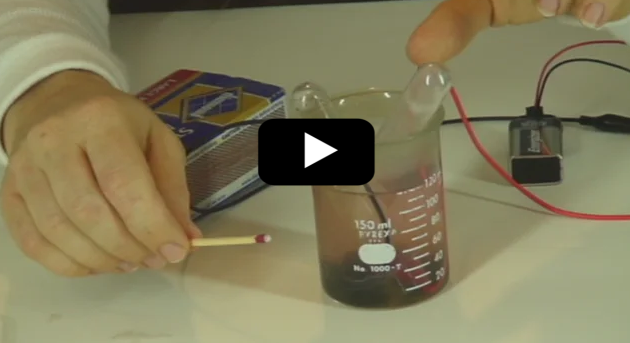
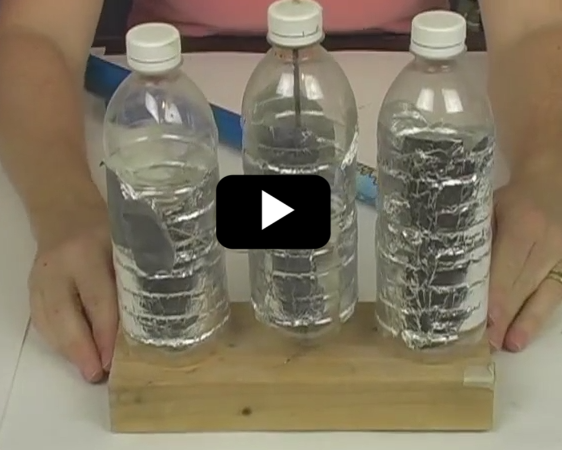
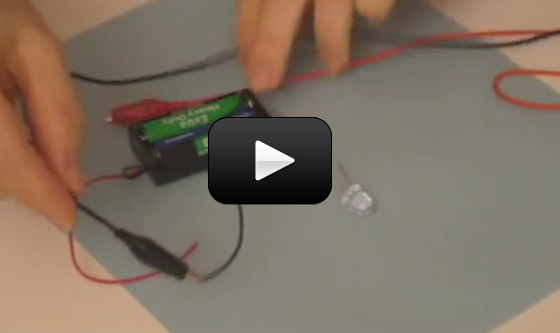
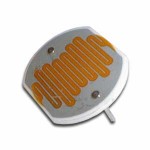
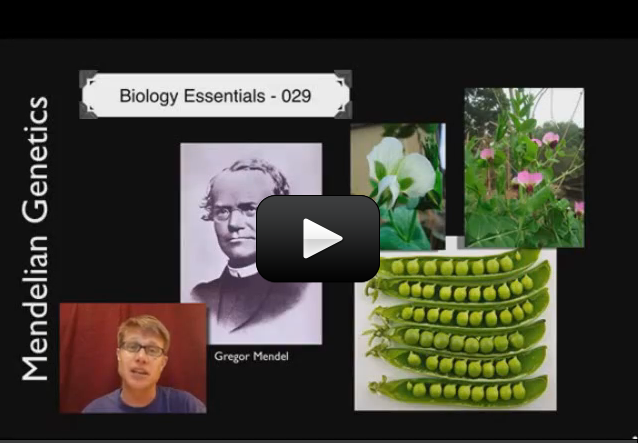
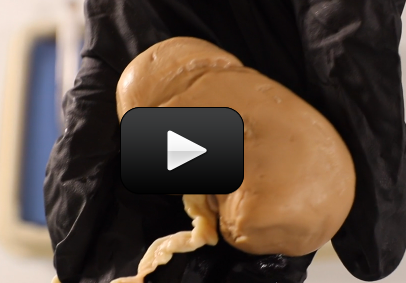
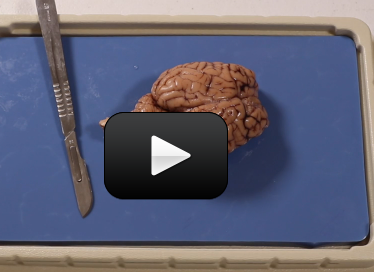
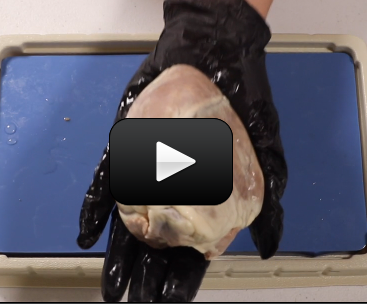
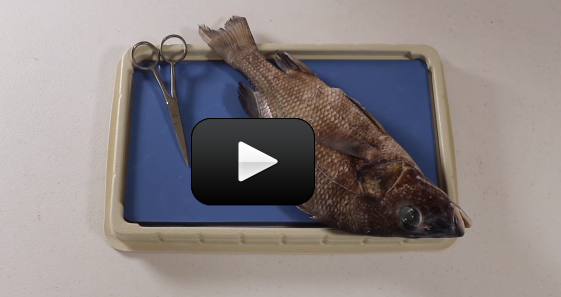
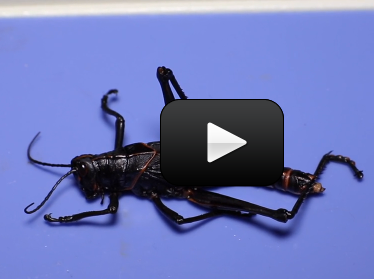
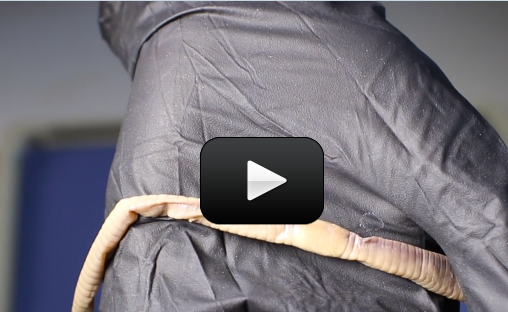
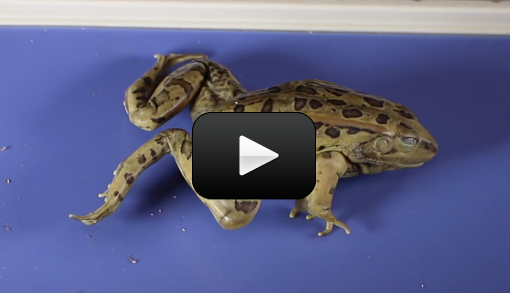
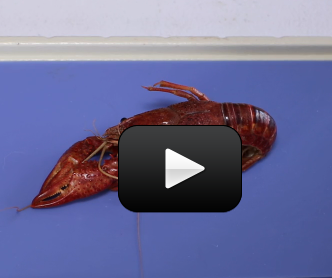
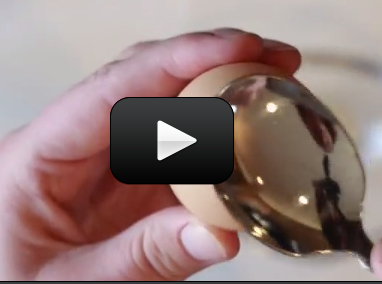

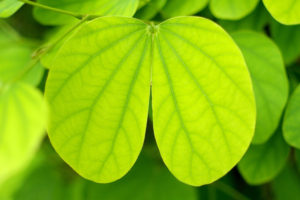 Here’s a neat experiment you can do to measure the rate of photosynthesis of a plant, and it’s super-simple and you probably have most of what you need to do it right now at home!
Here’s a neat experiment you can do to measure the rate of photosynthesis of a plant, and it’s super-simple and you probably have most of what you need to do it right now at home!